Caveat – bear with, this affects everyone, even if we do not work ‘in marketing’.
The concept of directing customers via a funnel of stages has been around for nearly a hundred years – one of the first mentions was apparently in Bond Salesmanship by William W. Townsend (1924).
What is a marketing funnel?
Simply put, the funnel has four key areas, known as AIDA:
Awareness – the customer is aware of the existence of a product or service
Interest – actively expressing an interest in a product group
Desire – aspiring to a particular brand or product
Action – taking the next step towards purchasing the chosen product
Also, known as a (deep breath) purchase, customer, marketing, sales or conversion funnel, they are all essentially the same thing – how to convert your potential audience into leads/sales/achieving your objectives.
Not just sales: How the funnel affects you
Different sources take a different look at the funnel, but the same principles (AIDA, above) remain. The customer journey is the same whether or not you are looking for a sale, a donation, a sign up to membership, a download, an email – whatever your objective.
Try working backwards from your own business/organisation. What is your key objective? If you don’t have clarity on this, get in touch.
This is the action/conversion. Not everyone who comes across your organisation will make it to this end goal. The majority of people will drop off at certain stages, before reaching this conversion point. Don’t worry, this is normal, and definitely doesn’t mean these people are gone forever. They may return to your website, or see another piece of activity and be converted later.
See more at ahrefs.com/blog/marketing-funnels/
Way before this, you need to make potential consumers or customers aware of your activity. An advert, a shared social post, organic searching something interesting to them etc. Be where your audience is – more on this strategic look at comms in another post.
Next, they need to show an interest in your organisation – a like, a follow, a sign up to newsletter, a returning visitor to website etc. They are proactively connected with you and are keen to know more. This group is, obviously, smaller than the awareness group.
Once interested, they need to show an intent or desire to do engage more. An action exceeding passive interest. This could be the next step, interacting more online (sharing with their friends), viewing specific items/pages but not adding them to a basket/purchasing, or even commenting on blogs. Depends on your organisation.
After this, the consumer evaluates their feelings/considerations before taking an action – potentially buying a product or service, donating, becoming a member or making a booking, for instance. This action should be inextricably linked to your organisation’s objectives.
An alternative look at the marketing funnel, with a few extra stages for the modern consumer
Hope that part of this resonates and helps in some way. You don’t have to be ‘in marketing’ to understand the importance of this funnel approach, and get positive results from your next activity. Keep objectives in mind, and always remember that your activity could be a softer approach – awareness is a crucial part of the customer journey. Ignore it at your peril.
If you’ve got questions about the marketing funnel, feel free to get in touch, or leave a comment below.



